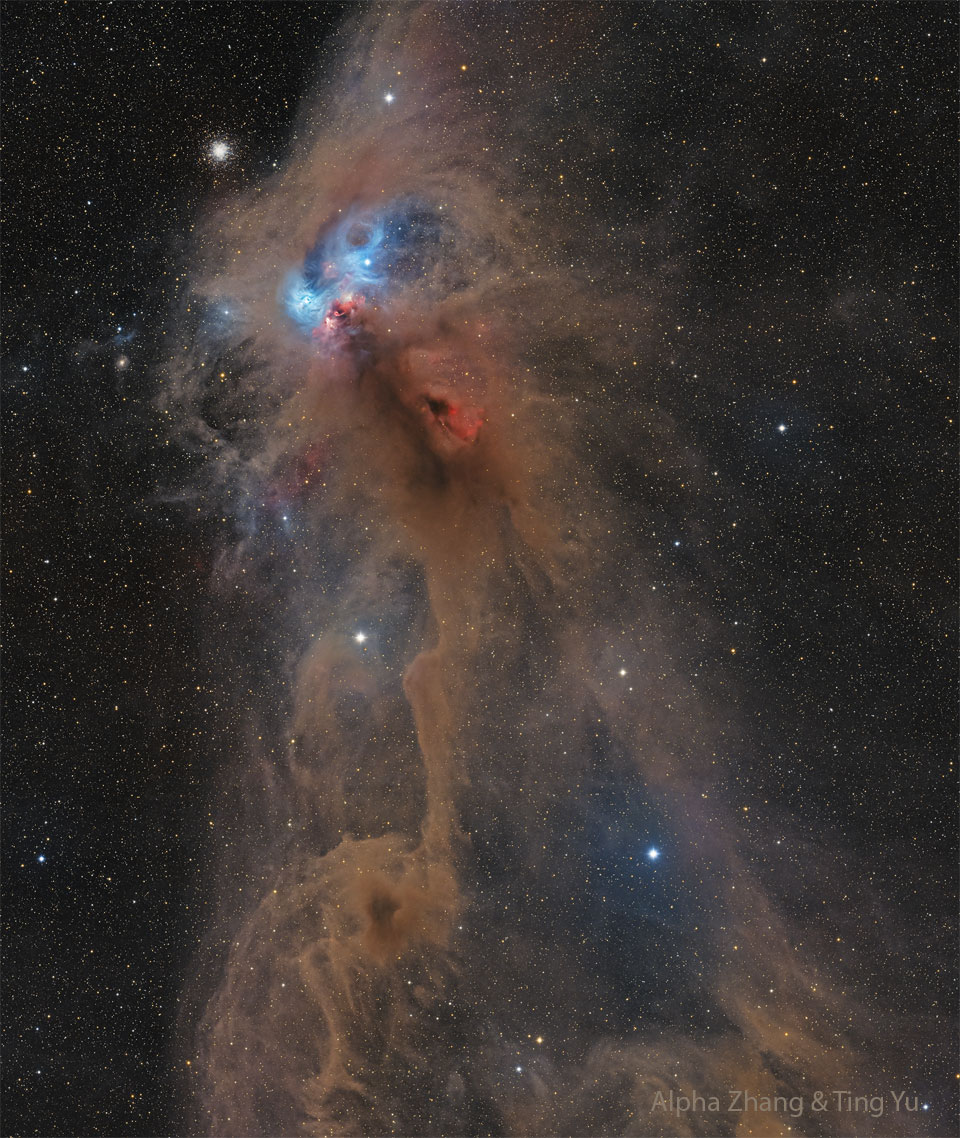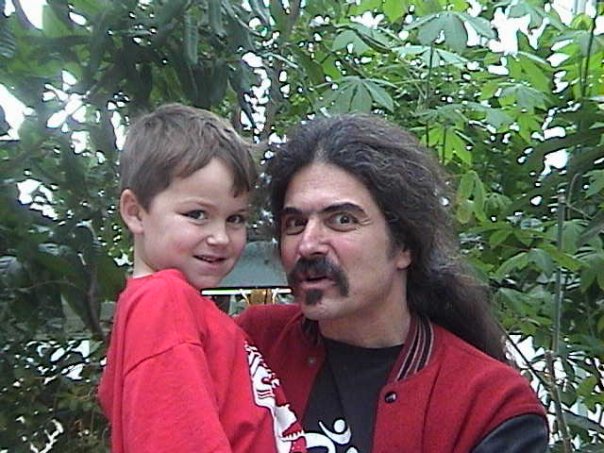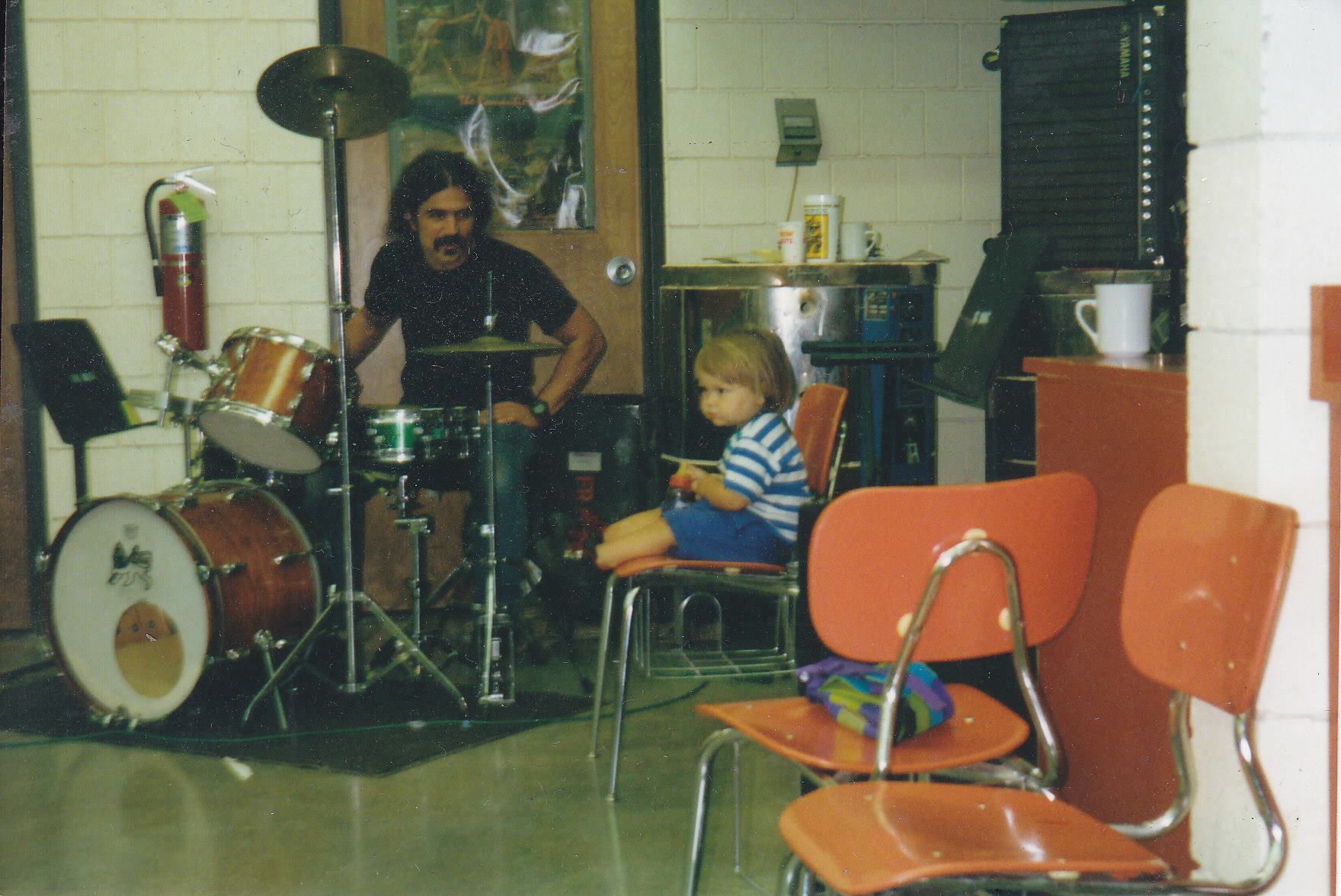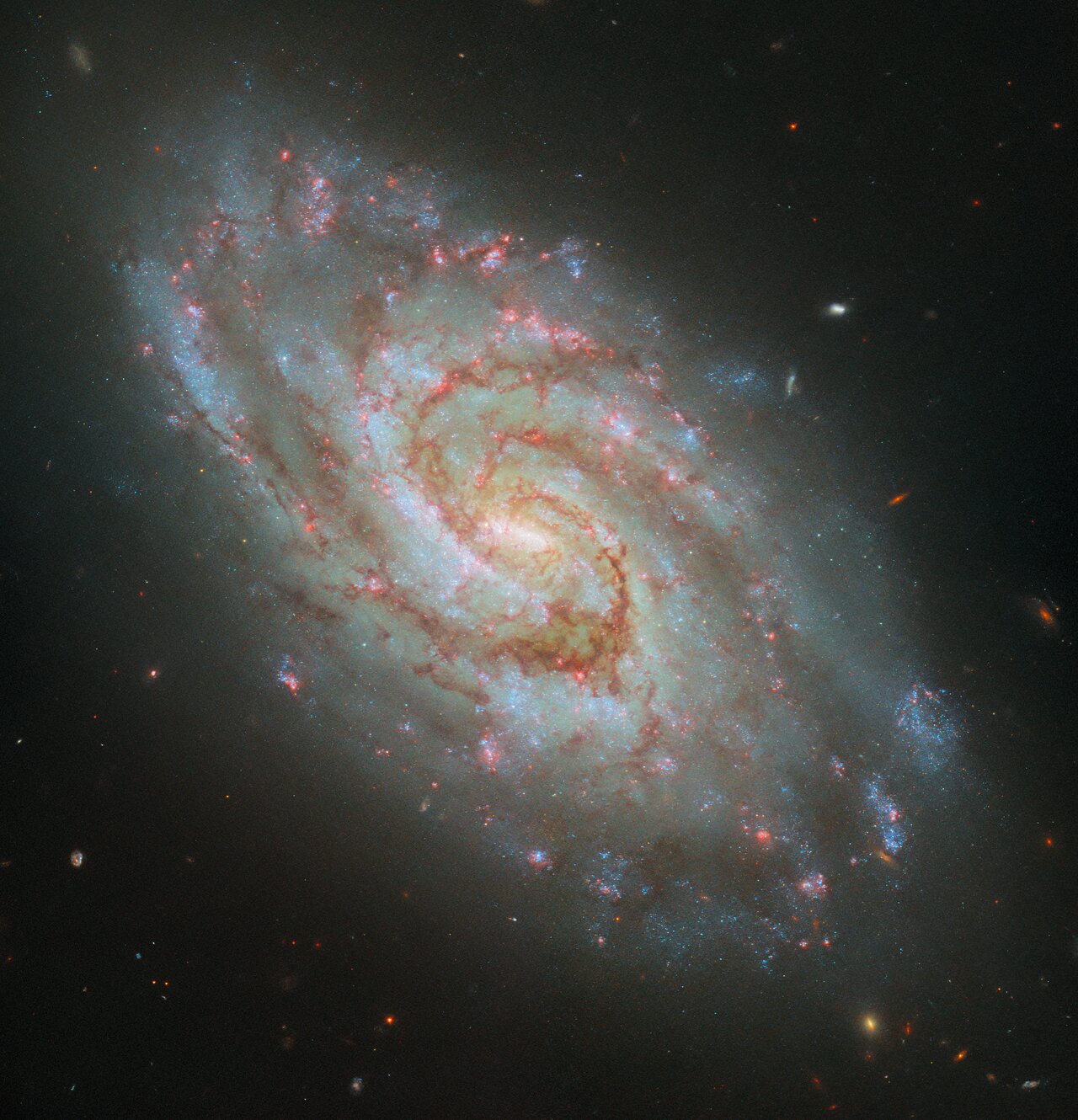Blog
Erik Darling (September 25, 1933 – August 3, 2008 Baltimore, MD) was an American singer-songwriter and a folk music artist. He was an important influence on the folk scene in the late 1950s and early 1960s.
more...Roosevelt Melvin “Booba” Barnes (September 25, 1936 – April 2, 1996) was an American Delta blues guitar player and vocalist. One commentator noted that Barnes, R. L. Burnside, Big Jack Johnson, Paul “Wine” Jones and James “Super Chikan” Johnson were “present-day exponents of an edgier, electrified version of the raw, uncut Delta blues sound.”
Born in Longwood, Washington County, Mississippi, United States, Barnes got his start in 1960 as a member of the Swinging Gold Coasters, a local Mississippi blues outfit. He relocated to Chicago in 1964, where he played in bars and clubs, but returned to Mississippi in 1971 and continued to perform locally into the early 1980s. In 1984, Barnes hooked up with Lil’ Dave Thompson when the latter was aged 15, and the duo played on Mississippi’s juke joint circuit. Barnes opened a nightclub, the Playboy Club, in 1985, and played there with a backing group called the Playboys; they became regional blues favorites, and eventually signed to Rooster Blues, who released Barnes’s debut effort in 1990.
more...Dmitri Dmitriyevich Shostakovich (25 September [O.S. 12 September] 1906 – 9 August 1975) was a Soviet-era Russian composer and pianist who became internationally known after the premiere of his First Symphony in 1926 and thereafter was regarded as a major composer.
Shostakovich achieved early fame in the Soviet Union, but had a complex relationship with its government. His 1934 opera Lady Macbeth of Mtsensk was initially a success but later condemned by the Soviet government, putting his career at risk. In 1948 his work was denounced under the Zhdanov Doctrine, with professional consequences lasting several years. Even after his censure was rescinded in 1956, performances of his music were occasionally subject to state interventions, as with his Thirteenth Symphony (1962). Nevertheless, Shostakovich was a member of the Supreme Soviet of the RSFSR (1947) and the Supreme Soviet of the Soviet Union (from 1962 until his death), as well as chairman of the RSFSR Union of Composers (1960–1968). Over the course of his career, he earned several important awards, including the Order of Lenin, from the Soviet government.
Shostakovich combined a variety of different musical techniques in his works. His music is characterized by sharp contrasts, elements of the grotesque, and ambivalent tonality; he was also heavily influenced by neoclassicism and by the late Romanticism of Gustav Mahler. His orchestral works include 15 symphonies and six concerti (two each for piano, violin, and cello). His chamber works include 15 string quartets, a piano quintet, and two piano trios. His solo piano works include two sonatas, an early set of 24 preludes, and a later set of 24 preludes and fugues. Stage works include three completed operas and three ballets. Shostakovich also wrote several song cycles, and a substantial quantity of music for theatre and film.
Shostakovich’s reputation has continued to grow after his death. Scholarly interest has increased significantly since the late 20th century, including considerable debate about the relationship between his music and his attitudes toward the Soviet government.
more...Samuel Carthorne Rivers (September 25, 1923 – December 26, 2011 El Reno, OK) was an American jazz musician and composer. Though most famously a tenor saxophonist, he also performed on soprano saxophone, bass clarinet, flute, harmonica, piano and viola.
Active in jazz since the early 1950s, he earned wider attention during the mid-1960s spread of free jazz. With a thorough command of music theory, orchestration and composition, Rivers was an influential and prominent artist in jazz music.
more...The Labriola National American Indian Data Center is an Indigenous-led library center where students and community members can celebrate and critically engage with American Indian and Indigenous scholarly works and creative writing. Its staff provides culturally relevant information and research support, and the center is a culturally safe learning space for Indigenous library users.

This dusty region is forming stars. Part of a sprawling molecular cloud complex that resembles, to some, a rampaging baboon, the region is a relatively close by 500 light-years away toward the constellation Corona Australis. That’s about one third the distance of the more famous stellar nursery known as the Orion Nebula. Mixed with bright nebulosities, the brown dust clouds effectively block light from more distant background stars in the Milky Way and obscure from view embedded stars still in the process of formation. The eyes of the dust creature in the featured image are actually blue reflection nebulas cataloged as NGC 6726, 6727, 6729, and IC 4812, while the red mouth glows with light emitted by hydrogen gas. Just to the upper left of the baboon’s head is NGC 6723, a whole globular cluster of stars nearly 30,000 light years in the distance.

Linda Louise, Lady McCartney (Eastman; September 24, 1941 – April 17, 1998 NY) was an American photographer and musician. She was the keyboardist and harmony vocalist in the band Wings that also featured her husband, Paul McCartney of the Beatles.
Beginning in the mid-1960s, Linda began a career as a photographer, landing with Town & Country, where she soon gained assignments to photograph various musicians and entertainers. By the late 1960s, she was a regular fixture at the Fillmore East, a New York concert venue, where she became the unofficial house photographer capturing numerous performances at the legendary club, and was the first woman to have a photograph on the cover of the influential music magazine Rolling Stone. Her photographs were displayed in galleries and museums such as the Victoria and Albert Museum, and were collected in several books.
Linda had been learning to play keyboards from her husband, and after the 1970 breakup of the Beatles, Paul and Linda recorded the album Ram together, and they formed the band Wings in 1971. She continued to play alongside Paul following Wings’ breakup in 1981 up until The New World Tour in 1993.
She was an animal rights activist and wrote and published several vegetariancookbooks. She founded the vegetarian Linda McCartney Foods company with her husband. In 1995, she was diagnosed with breast cancer and died from the disease three years later at the age of 56. She died from breast cancer at the age of 56 on April 17, 1998, at the McCartney family ranch in Tucson, Arizona. Her family was with her when she died.
more...
9-24-1940 7-10-2021 Scottsdale – Singer, Songwriter and Founding member of 60’s girl group “The Angels” dies at 80. Born in Newark, NJ on Sept. 24 1940. She passed away peacefully on July 10, 2021 in Scottsdale, AZ. Bibs was born on September 24, 1940 in Newark, NJ. “My Boyfriend’s Back.” per formed by “The Angels “rose to #1 on Billboard’s Hot 100 chart in 1963. Their hits included, “Til” 1961, “Cry Baby Cry” 1962, “Thank you and Goodnight” 1964.. Their early television performances included “The Ed Sullivan Show,” “Shindig,” “The Mery Griffin Show,” “Midnight Special,”, “American Bandstand” and “The Mike Douglas Show”. Bibs also sang commercial jingles including those for Wendy’s, Milk, and Sticklets Gum. In the 80’s she left The Angels to run her husband Peter’s Architectural firm, Tuebner and Brown in Los Angeles. Later in life she returned to her love of songwriting and most recently recorded an EP of new songs with her two nieces.
more...Theodore “Fats” Navarro (September 24, 1923 – July 6, 1950) was an American jazz trumpet player and a pioneer of the bebop style of jazz improvisation in the 1940s. A native of Key West, Florida, he toured with big bands before achieving fame as a bebop trumpeter in New York. Following a series of studio sessions with leading bebop figures including Tadd Dameron, Bud Powell, and Kenny Clarke, he became ill with tuberculosis and died at the age of 26. Despite the short duration of his career, he had a strong stylistic influence on trumpet players who rose to fame in later decades, including Clifford Brown and Lee Morgan. Navarro, nicknamed “Fat Girl” due to his weight and high speaking voice, developed a heroin addiction, tuberculosis, and a weight problem. These afflictions led to a slow decline in health. Navarro was hospitalized on July 1, 1950, and he died five days later on July 6 at the age of 26. His last performance was with Charlie Parker at Birdland.
more...Lemon Henry “Blind Lemon” Jefferson (September 24, 1893 – December 19, 1929 Coutchman, Tx) was an American blues and gospel singer-songwriter and musician. He was one of the most popular and successful blues singers of the 1920s and has been called the “Father of the Texas Blues“.
Due mainly to his high-pitched voice and the originality of his guitar playing, Jefferson’s performances were distinctive. His recordings sold well, but he was not a strong influence on younger blues singers of his generation, who could not imitate him as easily as they could other commercially successful artists. Later blues and rock and roll musicians, however, did attempt to imitate both his songs and his musical style.
Jefferson died in Chicago at 10:00 a.m. on December 19, 1929, of what his death certificate said was “probably acute myocarditis“.For many years, rumors circulated that a jealous lover had poisoned his coffee, but a more likely explanation is that he died of a heart attack after becoming disoriented during a snowstorm.
more...Listen to Diegos voice in this Sound Scape from his album SONGS FOR DIEGO
more...




The spiral galaxy IC 1954, located 45 million light-years from Earth in the constellation Horologium, is the star of this Picture of the Week from the Hubble Space Telescope. It sports a glowing bar in its core, two main majestically winding spiral arms and clouds of dark dust across it. An image of this galaxy was previously released in 2021; this week’s image is entirely new and now includes H-alpha data. The improved coverage of star-forming nebulae, which are prominent emitters of the red H-alpha light, can be seen in the numerous glowing, pink spots across the disc of the galaxy. Interestingly, some astronomers posit that the galaxy’s ‘bar’ is actually an energetic star-forming region that just happens to lie over the galactic centre.
The new data featured in this image come from a programme to extend the cooperation between multiple observatories: Hubble, the infrared James Webb Space Telescope, and the Atacama Large Millimeter/submillimeter Array, a ground-based radio telescope. By surveying IC 1954 and over fifty other nearby galaxies in radio, infrared, optical, and ultraviolet light, astronomers aim to fully trace and reconstruct the path matter takes through stars and the interstellar gas and dust in each galaxy. Hubble’s observing capabilities form an important part of this survey: it can capture younger stars and star clusters when they are brightest at ultraviolet and optical wavelengths, and its H-alpha filter effectively tracks emission from nebulae. The resulting dataset will form a treasure trove of research on the evolution of stars in galaxies, which Webb will build upon as it continues its science operations into the future.

Mohammad-Reza Shajarian , (23 September 1940 – 8 October 2020) was an Iranian singer and master (Ostad) of Persian traditional music. He was also known for his skills in Persian calligraphy and humanitarian activities. Shajarian started his singing career in 1959 at Radio Khorasan, rising to prominence in the 1960s with his distinct singing style.
Shajarian’s main teachers were Ahmad Ebadi, Esmaeil Mehrtash, Abdollah Davami, and Nour-Ali Boroumand. He also learned the vocal styles of singers from previous generations, including Reza Gholi Mirza Zelli, Fariborz Manouchehri, Ghamar Molouk Vaziri, Eghbal Azar and Taj Isfahani. He cited legendary Persian tar soloist Jalil Shahnaz as highly influential to his development, indicating that he often tried to mimic Shahnaz’s playing style in his singing.
Shajarian collaborated with musicians such as Parviz Meshkatian, Mohammad Reza Lotfi, Hossein Alizadeh, Faramarz Payvar, Dariush Pirniakan, and Sohrab Pournazeri. He was recognized as a skilled singer in the challenging traditional Dastgah style. His works also cover some songs of Iranian ethnic music, including Mazandarani music, Azeri music, Kurdish music and Lur music.
UNESCO in France presented Shajarian with the Picasso Award in 1999 and with the UNESCO Mozart Medal in 2006. In 2017, Los Angeles Times cited him as the “Greatest living maestro of Persian classical music“. After coming out in support of the Iranian Green Movement and criticizing the Iranian government, he was banned from holding concerts and releasing music.
more...Leslie Coleman McCann (September 23, 1935 – December 29, 2023) was an American jazz pianist and vocalist. He is known for his innovations in soul jazz and his 1969 recording of the protest song “Compared to What“. His music has been widely sampled in hip hop.
During his service in the Navy, McCann won a singing contest, which led to an appearance on The Ed Sullivan Show. After leaving the Navy, McCann moved to California and played in his own trio. He declined an offer to work in Cannonball Adderley‘s band so that he could dedicate himself to his own music. The trio’s first job was at the Purple Onion club in 1959 accompanying Gene McDaniels.
The main part of McCann’s career began in the early 1960s, when he recorded as a pianist with his trio for Pacific Jazz. In 1969, Atlantic released Swiss Movement, an album recorded with saxophonist Eddie Harris and trumpeter Benny Bailey earlier at that year’s Montreux Jazz Festival. The album contained the song “Compared to What“; both reached the Billboard pop charts. The song, which criticized the Vietnam War, was written by Eugene McDaniels years earlier and recorded and released as a ballad by McCann in 1966 on his album, Les McCann Plays the Hits. Roberta Flack‘s version appeared as the opening track on her debut album First Take (1969).
After the success of Swiss Movement, McCann, primarily a piano player, emphasized his vocals. He became an innovator in soul jazz, merging jazz with funk, soul and world rhythms. His music was influential for its use of electric piano, clavinet and synthesizer.
In 1971, McCann and Harris were part of a group of soul, R&B and rock performers–including Wilson Pickett, the Staple Singers, Santana and Ike & Tina Turner–who flew to Accra, Ghana, to perform a 14-hour concert for more than 100,000 Ghanaians. The March 6 concert was recorded for the documentary film Soul to Soul. In 2004, the movie was released on DVD with an accompanying soundtrack album.
McCann had a stroke in the mid-1990s, but he returned to music in 2002, when Pump it Up was released, and continued to release music until 2018. He also exhibited his work as a painter and photographer.
more...More Posts
- L. Shankar
- Teddy Edwards
- STOP WAR IN UKRAINE Plyve Kacha
- Daily Roots James Brown
- Zamya Theater Rehearsal 4-25-22
- Cosmos GAMA 526784
- Carl Allen
- Albert King
- Ella Fitzgerald
- Earl Bostic
- Linda Womack
- FREE UKRAINE Olga Avigail Mieleszczuk
- Daily Roots Brinsley Forde & Roots Radics
- Cosmos W2246-0526
- John Williams
- Joe Henderson
- Johnny Griffin
- SAVE UKRAINE Veryovka Ukrainian Folk Choir
- Daily Roots Sam Bramwell
- Cosmos M104
